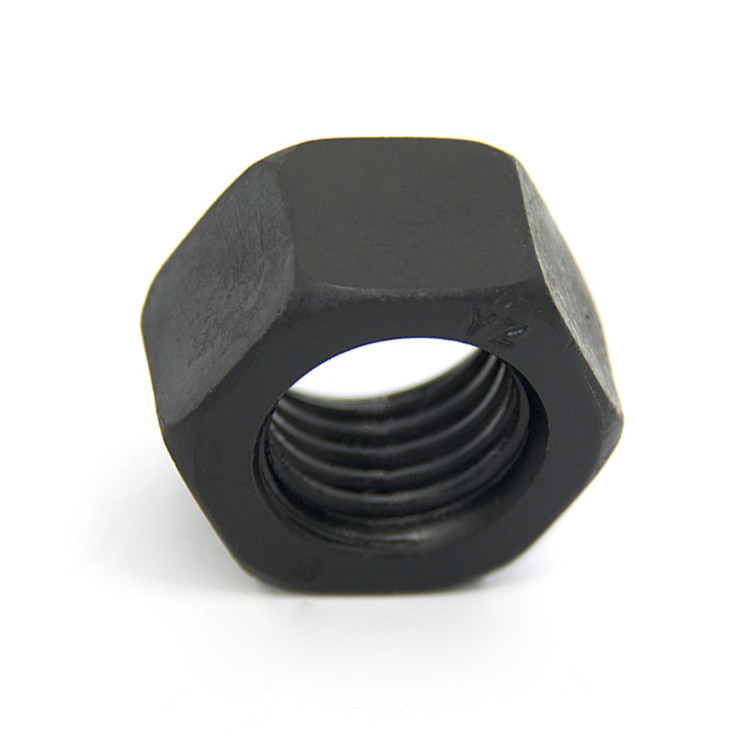Top Recommendations for High-Quality Headless Bolts for Your Next Project
Aug . 10, 2024 21:25 Back to list
Top Recommendations for High-Quality Headless Bolts for Your Next Project
Best Headless Bolts The Unsung Heroes of Fastening Solutions
In the realm of fastening technology, headless bolts often fly under the radar compared to their more recognizable counterparts; however, they play a crucial role in various industries, from automotive manufacturing to construction and beyond. Understanding the unique advantages of headless bolts can help engineers and designers make better decisions when it comes to selecting fastening solutions for specific applications.
What are Headless Bolts?
Headless bolts, also known as blind bolts or anchor bolts, are specialized fasteners that lack a traditional head. This design allows for a more streamlined and aesthetically pleasing finish, making them ideal for applications where visibility of the fastener is a concern. Headless bolts are typically installed using a wrench or a specific tool, which helps to drive the bolt into the material through a pre-drilled hole. Once in place, these bolts provide a strong, permanent connection that is resistant to loosening over time.
Key Advantages of Headless Bolts
1. Aesthetic Appeal One of the main advantages of using headless bolts is their low-profile design. In applications where visual aesthetics matter, such as in architecture or furniture design, headless bolts enable a cleaner and more polished appearance. This is particularly important in high-end finishes where visible fasteners could detract from overall visual appeal.
2. Space Efficiency In tight spaces where traditional bolts cannot fit, headless bolts shine. Their design allows for a more compact assembly, making them perfect for applications with limited clearance. This efficiency is especially critical in automotive and aerospace industries, where every millimeter counts.
3. Reduced Weight Headless bolts typically weigh less than their headed counterparts. In industries where weight reduction is essential—like aerospace and automotive engineering—this attribute contributes to improving fuel efficiency and performance.
best headless bolts

4. Enhanced Safety The absence of a protruding head minimizes the risk of snagging or causing injury in environments where personnel move frequently. This makes headless bolts an excellent choice for both industrial and commercial spaces.
5. Versatility Headless bolts can be used in various materials, including metals, plastics, and composites. This versatility means they can cater to a wide range of applications, from furniture to electronic devices, construction, and beyond.
Selecting the Right Headless Bolt
When considering headless bolts for a project, several factors should be taken into account. The type of material being fastened, the load the connection must bear, and environmental conditions should all influence the choice of bolt. For instance, stainless steel headless bolts are ideal for outdoor applications due to their corrosion resistance, while alloy steel bolts may be preferred for high-strength requirements.
Additionally, it’s essential to ensure that the installation tools are compatible with the chosen bolt type. Many headless bolts require specific tools to drive them into place, which can influence the overall efficiency of the installation process.
Conclusion
Headless bolts may not boast the immediate recognition of traditional bolts, but their unique advantages make them invaluable in a variety of applications. Their sleek design, space-saving characteristics, reduced weight, and enhanced safety contribute to their growing popularity among engineers and manufacturers. As industries continue to evolve, adopting fastening solutions that prioritize both performance and aesthetics will remain critical. For those who haven’t yet explored the potential of headless bolts, now is the time to consider these unsung heroes of fastening solutions.
Latest news
-
Reliable Axle Nuts Supplier | High-Quality Automotive Parts
NewsAug.19,2025
-
Premium Wire Bolts Suppliers | Durable & Reliable Fasteners
NewsAug.18,2025
-
Leading Metric Wood Screw Companies & Manufacturers
NewsAug.17,2025
-
Top Wire Bolts Suppliers - Quality & Durable Fasteners
NewsAug.15,2025
-
Trusted Wire Bolts Company | Quality Fasteners Supplier
NewsAug.14,2025
-
Reliable Wire Bolts Suppliers & Manufacturers for Global Needs
NewsAug.13,2025
